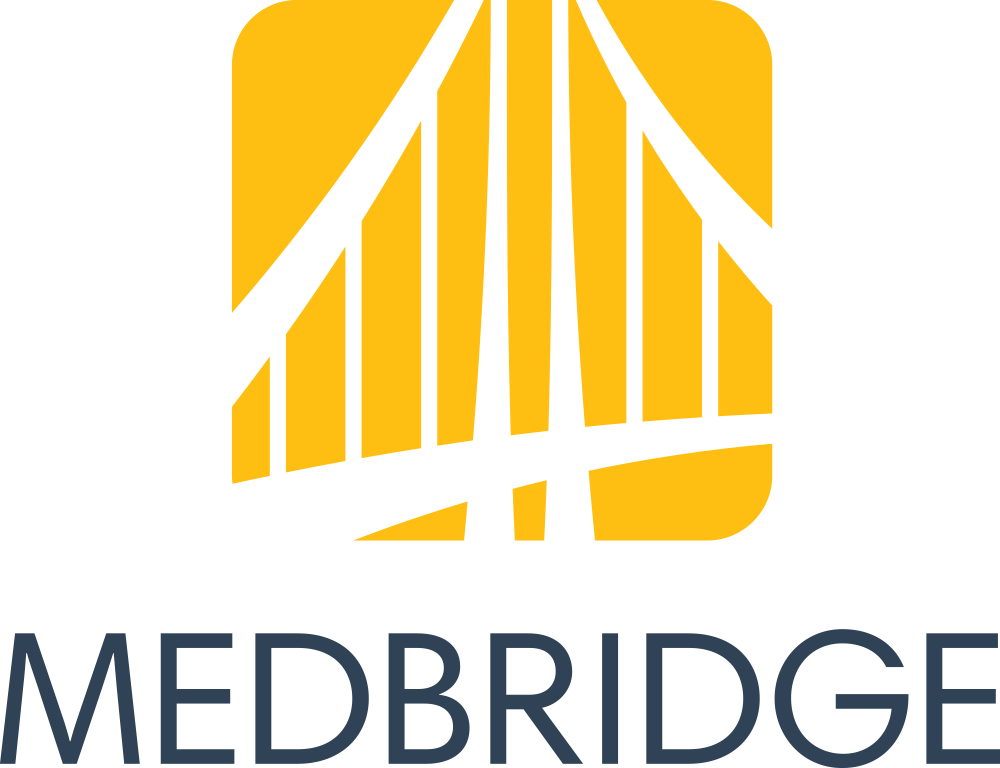Lookup: An elegant dictionary ($2.99) would be a useful app for MS and HS clinicians to have in their library. The app contains cool, attractively designed posters that illustrate the meaning (more precisely, often a semantic association) to a word. The array of posters is not yet of true dictionary breadth, but the ones contained within would provide a great inspiration for students to make their own posters. Consider doing so with construction paper, or with
Pic Collage or
Google Drawings.
The Expanding Expression Tool and
Beck/McKeown/Kucan's contextual vocabulary strategies would be good methodologies to employ alongside the use of this app.
Here's an image I whipped up in 5 minutes using Google Drawings, related to a vocabulary word I heard targeted in a HS classroom this week:
To create this I:
-started a new drawing, go to docs.google.com/drawings, Google "Google Drawings" or from your Drive click New, then More, then Google Drawing.
-used Tools>Explore and looked up an image of "dollar"- dragged it in, selected it and copied/pasted a number of times, rotating and resizing.
-Used the Line>Scribble tool to draw a stick figure, then changed the line weight
-Added and reformatted text.
Creating visuals with Google tools has the advantage of creating collaborative and sharing opportunities between students and possibly making collections for studying.
You'll find that the above features (web search, doodle, backgrounds, text) are also available in
Pic Collage EDU.










